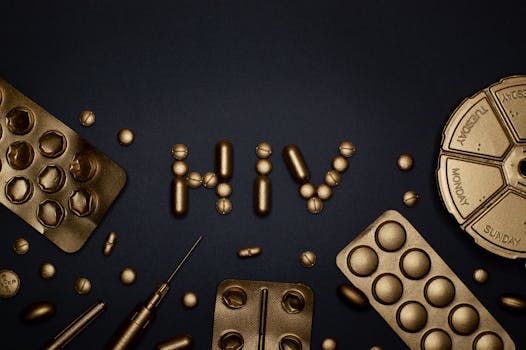
The Science Behind Vaccines and Public Health
The science behind vaccines has revolutionized public health, preventing the spread of infectious diseases and saving millions of lives. Vaccines have been widely recognized as one of the most effective tools in preventing infectious diseases, and their impact on public health cannot be overstated. In this article, we will delve into the science behind vaccines, how they work, and their importance in maintaining public health.
How Vaccines Work

Vaccines work by introducing a small, harmless piece of a virus or bacteria, known as an antigen, into the body. This antigen triggers an immune response, causing the body to produce antibodies and immune cells that can recognize and attack the virus or bacteria. This immune response provides long-term protection against future infections, preventing the spread of disease.
Types of Vaccines

There are several types of vaccines, including inactivated vaccines, live attenuated vaccines, and subunit vaccines. Inactivated vaccines contain a killed or inactivated form of the virus or bacteria, while live attenuated vaccines contain a weakened form of the virus or bacteria. Subunit vaccines, on the other hand, contain only a specific piece of the virus or bacteria, such as a protein or sugar.
Importance of Vaccines in Public Health

Vaccines have been instrumental in controlling and eliminating infectious diseases, such as smallpox, polio, and measles. According to the World Health Organization (WHO), vaccines have saved an estimated 10 million lives between 2010 and 2015. Vaccines have also been shown to have a significant impact on reducing the spread of infectious diseases, such as influenza and pertussis.
Vaccine Safety and Effectiveness

Vaccines are rigorously tested for safety and effectiveness before they are approved for use. The Centers for Disease Control and Prevention (CDC) and the WHO have established strict guidelines for vaccine development, testing, and approval. Vaccines are also continuously monitored for safety and effectiveness after they are approved, to ensure that they continue to protect against infectious diseases.
Conclusion

In conclusion, the science behind vaccines has revolutionized public health, preventing the spread of infectious diseases and saving millions of lives. Vaccines are a crucial tool in maintaining public health, and their importance cannot be overstated. By understanding how vaccines work, the different types of vaccines, and their importance in public health, we can appreciate the significance of vaccines in protecting against infectious diseases. It is essential to continue to support vaccine development, distribution, and administration, to ensure that everyone has access to these life-saving tools.






